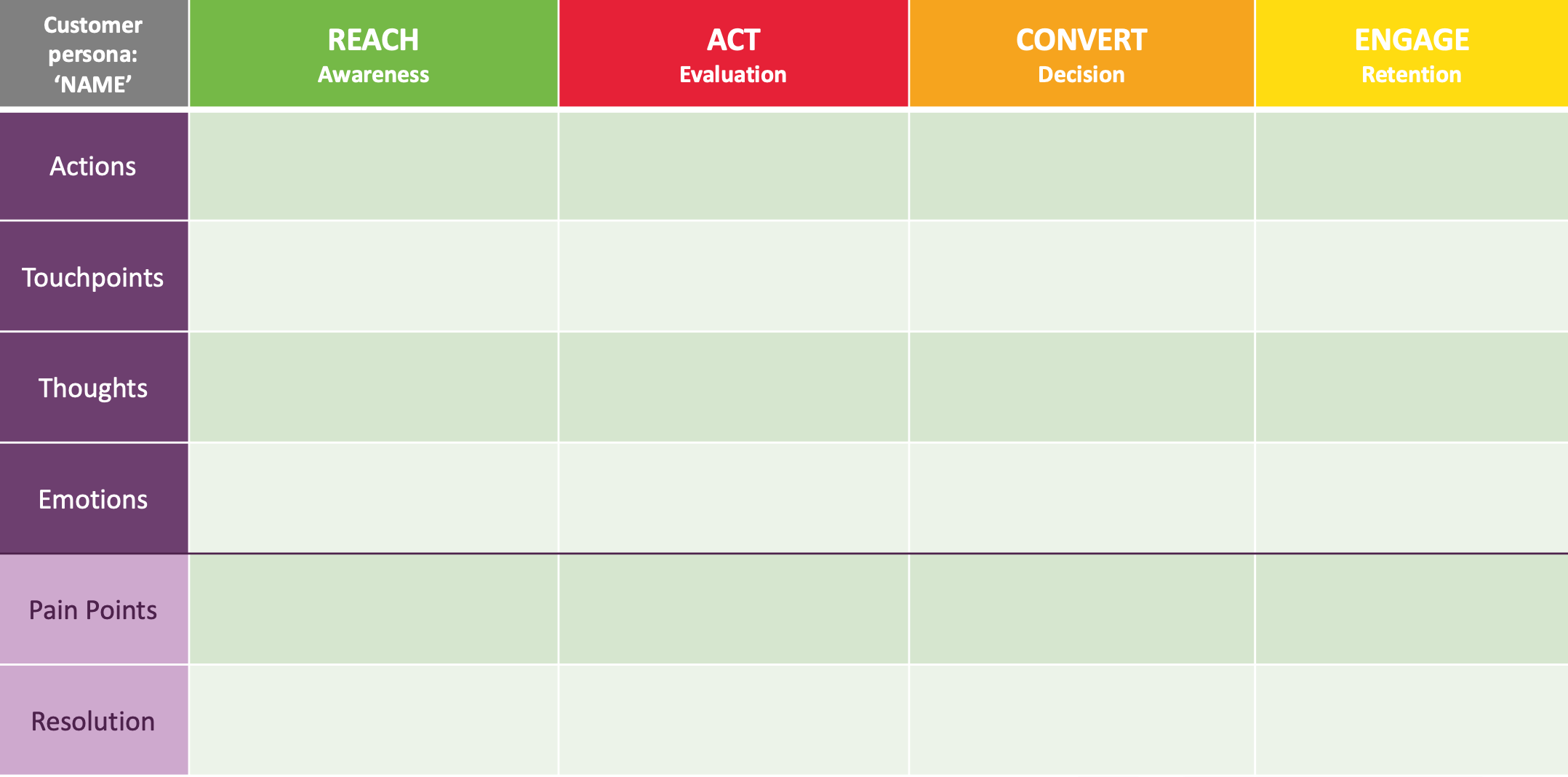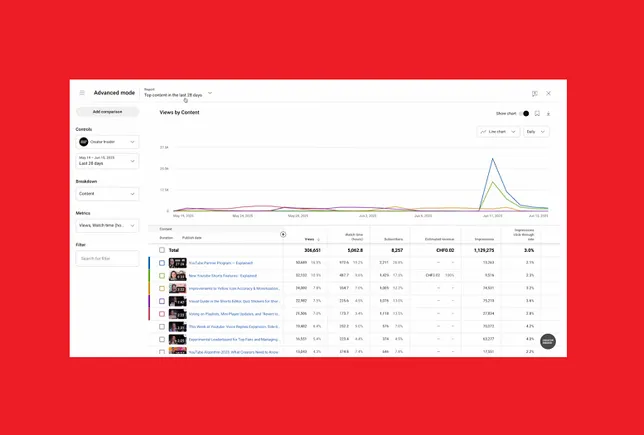Benchmarking communications: What internal comms measures most
A powerful tool for storytelling to leadership. You can’t know where you’re going if you don’t know where you’ve been. This is the fundamental concept behind benchmarking. In order to understand how successful your internal comms efforts are, you must see how you compare both to your past self and, if possible, to others. That […] The post Benchmarking communications: What internal comms measures most appeared first on Ragan Communications.

A powerful tool for storytelling to leadership.
![]()
You can’t know where you’re going if you don’t know where you’ve been.
This is the fundamental concept behind benchmarking. In order to understand how successful your internal comms efforts are, you must see how you compare both to your past self and, if possible, to others.
That comparison shows what areas you’re performing well and what needs a tweak. Benchmarking is also a powerful tool for storytelling to your leaders. Benchmarking gives the needed context that takes your email open rate from being met with glazed-over eyes to an engaged audience that can see your success in real terms.
But what should you be measuring, exactly?
Researchers asked this question as part of Ragan’s 2025 Communications Benchmark Report, which surveyed nearly 1,000 communicators. While the full report is available only to members of Ragan’s Communications Leadership Council, the executive summary is available for download.
Here are the measurements internal communicators say they use the most:

Flanking the list at the top and bottom are surveys and focus groups, both tools for assessing people’s feelings and sentiments. These are great for understanding how comms’ efforts make employees feel, for better and worse. There really is no substitute for talking to people to understand the often complicated sentiments that will vary from organization to organization.
Business outcomes are also a valuable way to measure the success of comms strategies. If you can show you’ve helped the company make money, life will get easier. Behavioral outcomes – that is, how many people signed up for benefits, took a training or upped their productivity – are highly individual but important to measure.
Many of these factors are numerical measures that can be generalized across organizations, especially those in the same industry. By understanding how your email open rate or intranet engagement rate compare, you can better understand performance and tell richer stories. These external benchmarks can change how you operate.
What do you measure most – and more importantly, what do you do with this data?
Members of Ragan’s Communications Leadership Council have exclusive access to data compiled from multiple industry sources to benchmark and improve their reporting.
The post Benchmarking communications: What internal comms measures most appeared first on Ragan Communications.



























![How To Drive More Conversions With Fewer Clicks [MozCon 2025 Speaker Series]](https://moz.com/images/blog/banners/Mozcon2025_SpeakerBlogHeader_1180x400_RebeccaJackson_London.png?auto=compress,format&fit=crop&dm=1750097440&s=282171eb79ac511caa72821d69580a6e#)

![Brand and SEO Sitting on a Tree: K-I-S-S-I-N-G [Mozcon 2025 Speaker Series]](https://moz.com/images/blog/banners/Mozcon2025_SpeakerBlogHeader_1180x400_LidiaInfante_London.png?auto=compress,format&fit=crop&dm=1749465874&s=56275e60eb1f4363767c42d318c4ef4a#)






















![The 11 Best Landing Page Builder Software Tools [2025]](https://www.growthmarketingpro.com/wp-content/uploads/2024/04/best-landing-page-software-hero-image-1024x618.png?#)









































![How to Create an SEO Forecast [Free Template Included] — Whiteboard Friday](https://moz.com/images/blog/banners/WBF-SEOForecasting-Blog_Header.png?auto=compress,format&fit=crop&dm=1694010279&s=318ed1d453ed4f230e8e4b50ecee5417#)
![How To Build AI Tools To Automate Your SEO Workflows [MozCon 2025 Speaker Series]](https://moz.com/images/blog/banners/Mozcon2025_SpeakerBlogHeader_1180x400_Andrew_London-1.png?auto=compress,format&fit=crop&dm=1749642474&s=7897686f91f4e22a1f5191ea07414026#)

























![Brand pitch guide for creators [deck and email templates]](https://blog.hootsuite.com/wp-content/uploads/2022/06/brand-pitch-template.png)



![AI marketing campaigns only a bot could launch & which tools pitch the best ones [product test]](https://www.hubspot.com/hubfs/ai-marketing-campaigns.webp)













![How Social Platforms Measure Video Views [Infographic]](https://imgproxy.divecdn.com/AncxHXS242CT-kDlEkGZi7uQ2k70-ebTAh7Lm14QKb8/g:ce/rs:fit:770:435/Z3M6Ly9kaXZlc2l0ZS1zdG9yYWdlL2RpdmVpbWFnZS9ob3dfcGxhdGZvcm1zX21lYXN1cmVfdmlld3MucG5n.webp)






